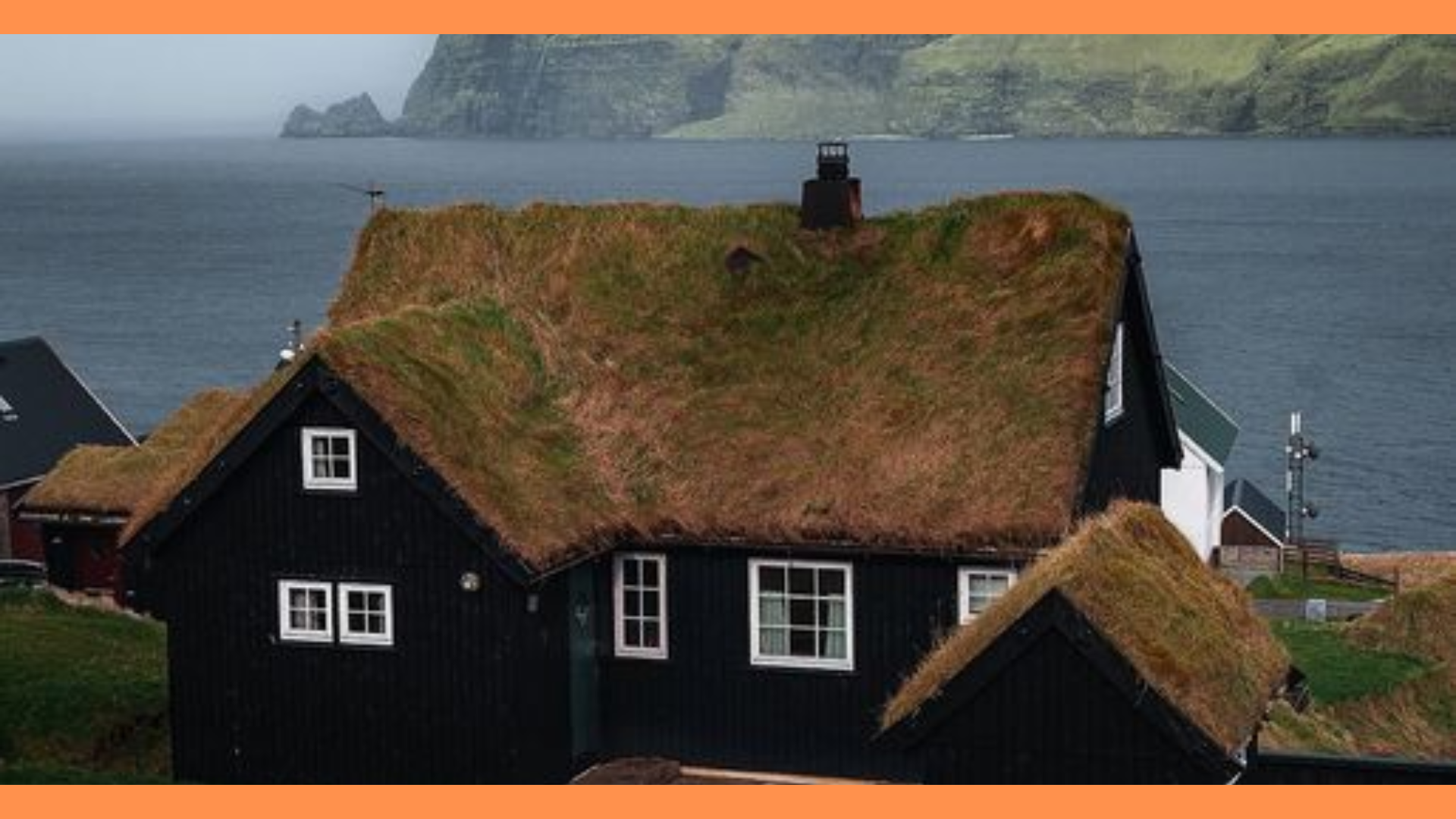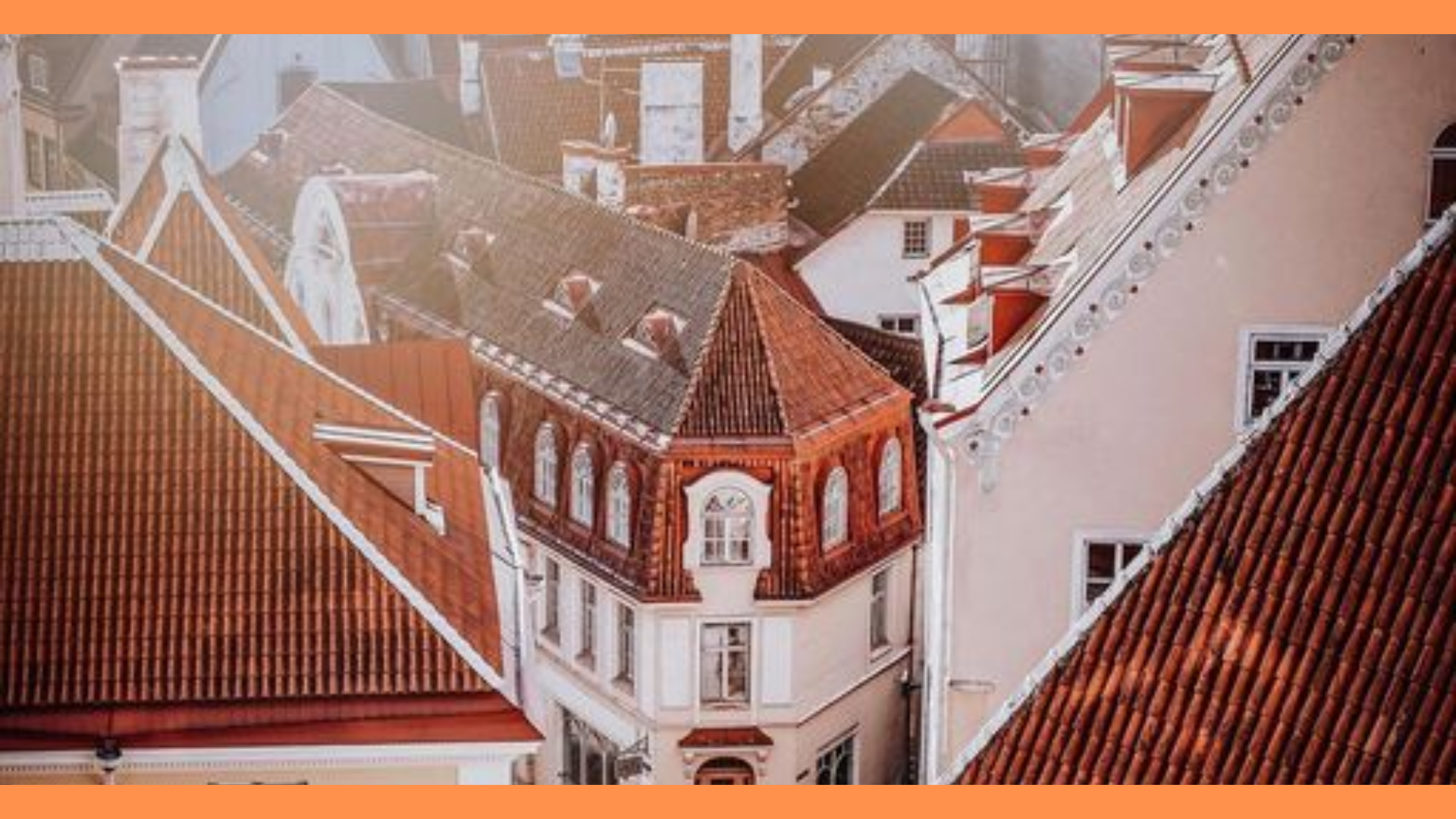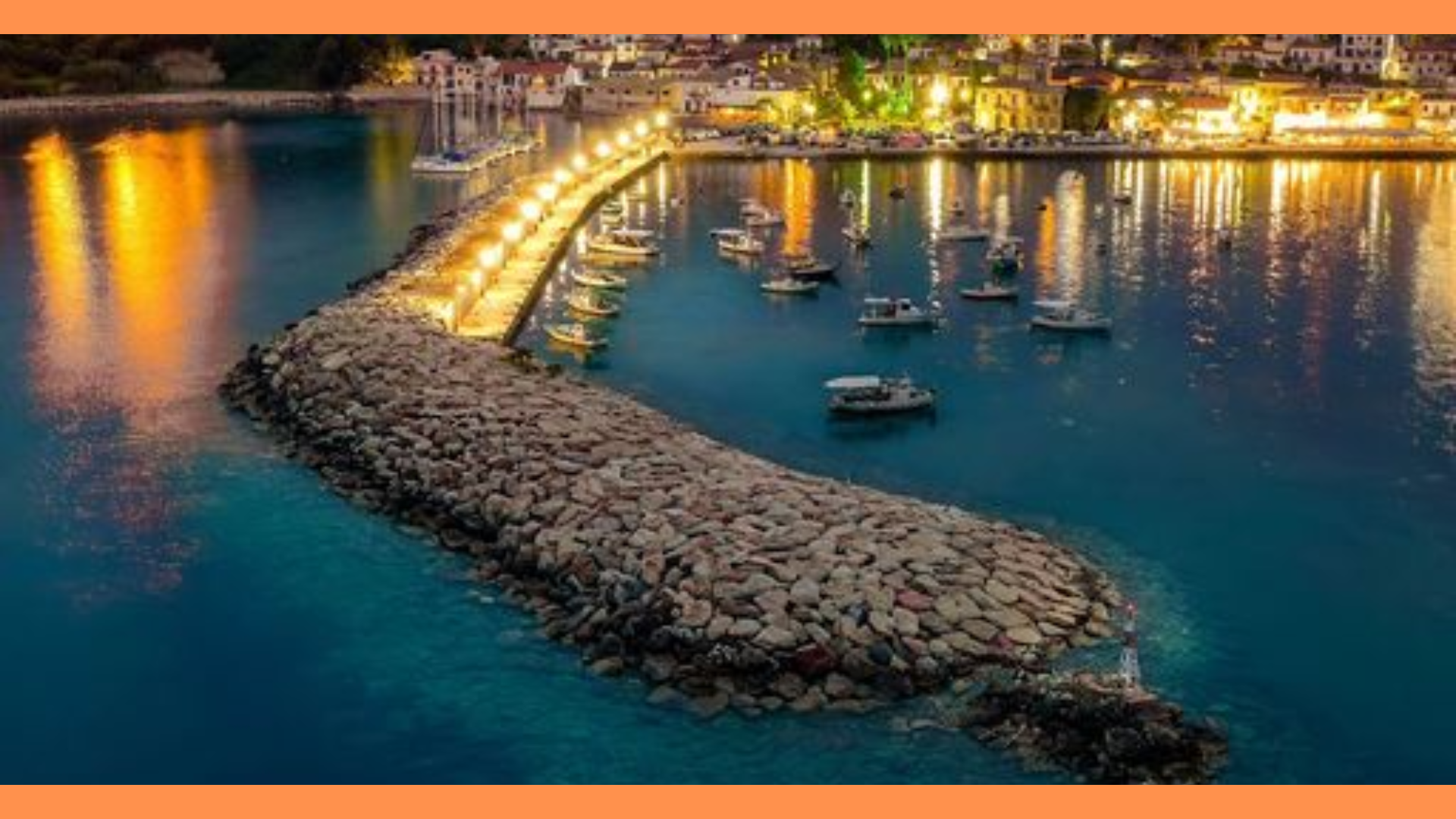Venice, a city renowned for its unique charm and historical significance, offers a rich tapestry of travel destinations and culinary delights. Its maze of canals, iconic landmarks, and distinctive neighborhoods create a mesmerizing experience for visitors.
I. Introduction
Venice, known as Venezia in Italian, is a city that seems to float like a mirage on the shimmering waters of the Venetian Lagoon. Located in northeastern Italy, Venice is an unparalleled marvel of architecture and history, often described as one of the most romantic and enchanting cities in the world. Its unique geographical and cultural heritage make it a treasure trove for travelers and food enthusiasts alike.
Historical Significance and Overview
Venice’s origins trace back to the 5th century AD, during a period of upheaval when the Roman Empire was collapsing. The region’s early settlers were refugees fleeing from barbarian invasions on the mainland, seeking refuge in the lagoon’s marshy islands. These early Venetians began to build a city on stilts, and over time, their small settlement grew into a powerful maritime republic. By the 9th century, Venice had established itself as a major center of commerce and trade, connecting the East and West through a vast network of trade routes.
The Layout of Venice
One of the most striking features of Venice is its labyrinthine layout. The city is composed of 118 small islands connected by a network of canals and bridges. These canals, the most famous of which is the Grand Canal, replace traditional streets and serve as the primary thoroughfares. The iconic gondolas and vaporetti (water buses) navigate these waterways, offering both a mode of transport and a quintessential Venetian experience.
Venice is divided into six main sestieri (districts): Cannaregio, San Polo, Dorsoduro, Santa Croce, San Marco, and Castello. Each district has its own unique character and attractions. For instance, San Marco is home to the grand St. Mark’s Basilica and the Doge’s Palace, while Dorsoduro is known for its artistic and bohemian atmosphere, featuring the Gallerie dell’Accademia and the Peggy Guggenheim Collection.
II. Major Travel Destinations in Venice
Venice, with its unique blend of history, art, and architecture, is a treasure trove of landmarks and destinations that captivate visitors from around the world. The city’s rich cultural heritage and stunning scenery offer a wealth of experiences, from its iconic basilicas and palaces to its charming islands and picturesque canals. Here’s a detailed look at some of the major travel destinations in Venice that every visitor should explore.
A. St. Mark’s Basilica (Basilica di San Marco)
St. Mark’s Basilica stands as a symbol of Venice’s grandeur and artistic splendor. Situated in the heart of Piazza San Marco, this Byzantine masterpiece is renowned for its stunning mosaics and opulent design.
Architectural Marvels
Construction of St. Mark’s Basilica began in the 9th century to house the relics of St. Mark, the patron saint of Venice. The basilica features a blend of architectural styles, including Byzantine, Romanesque, and Gothic. Its five domes and intricate marble façade are adorned with detailed mosaics that narrate biblical stories and create a golden glow inside the cathedral. The basilica’s Pala d’Oro, an ornate altarpiece encrusted with jewels, is a highlight of its interior.
Visitor Experience
Visitors to St. Mark’s Basilica can marvel at its grand architecture and intricate artwork. The basilica’s museum offers panoramic views of the Piazza San Marco and displays historical artifacts related to the church’s history. Climbing the Campanile (bell tower) adjacent to the basilica provides breathtaking views of Venice and the surrounding lagoon, offering a panoramic perspective of the city’s layout.
B. Doge’s Palace (Palazzo Ducale)
The Doge’s Palace is a quintessential Venetian landmark that reflects the city’s political and artistic heritage. Located next to St. Mark’s Basilica, this Gothic palace served as the residence of the Doge and the seat of the Venetian government.
Historical Significance
The Doge’s Palace was originally built in the 9th century, but the current structure dates back to the 15th century. Its distinctive Gothic architecture features intricate marble façades and elaborate arches. Inside, the palace is a maze of opulent rooms and corridors, including the Hall of the Great Council (Sala del Maggior Consiglio), which boasts stunning frescoes by Tintoretto and Veronese.
Notable Features
One of the most evocative aspects of the Doge’s Palace is the Bridge of Sighs, which connects the palace to the former prison buildings. Named for the sighs of prisoners who took their last look at the city before incarceration, the bridge offers a poignant historical glimpse into Venice’s judicial past. The palace now functions as a museum, offering guided tours that provide insight into the city’s governance and historical significance.
C. Rialto Bridge (Ponte di Rialto)
The Rialto Bridge is one of Venice’s most iconic structures, renowned for its architectural elegance and historical importance. Spanning the Grand Canal, the bridge has been a vital part of Venice’s trade and transportation network for centuries.
Historical Context
The Rialto Bridge was initially constructed in the 12th century as a wooden structure. The current stone bridge, completed in 1591, was designed by Antonio da Ponte and features a single, graceful arch supported by stone piers. The bridge has been a central hub for commerce and social life in Venice since its completion.
Shopping and Views
Today, the Rialto Bridge is lined with shops selling souvenirs, jewelry, and local crafts. The nearby Rialto Market is a vibrant hub where visitors can find fresh produce, seafood, and traditional Venetian delicacies. Walking across the bridge offers picturesque views of the Grand Canal and its bustling activity, making it a popular spot for photography and sightseeing.
D. Grand Canal (Canal Grande)
The Grand Canal is the main waterway of Venice and a central feature of the city’s transportation system. Shaped like a reverse S, the canal runs through the heart of Venice and is flanked by some of the city’s most beautiful buildings.
Transportation and Scenic Views
The Grand Canal is navigated by vaporetti (water buses), water taxis, and gondolas. Taking a vaporetto ride along the canal provides a unique perspective of Venice’s architecture and vibrant water traffic. Prominent landmarks along the canal include the Ca’ d’Oro, known for its ornate Gothic façade, and the Palazzo Venier dei Leoni, which houses the Peggy Guggenheim Collection.
Photography and Exploration
The Grand Canal offers stunning photo opportunities with its reflective waters and historic buildings. Exploring the canal by water allows visitors to experience the city’s grandeur and architectural diversity, making it a must-see attraction in Venice.
E. Murano Island
Murano Island is famous for its long-standing tradition of glassmaking, which has been practiced on the island for centuries. Located a short vaporetto ride from Venice, Murano is a hub of artisanal glass production.
Glassmaking Heritage
Murano’s glass making tradition dates back to the 13th century, when the Venetian Republic mandated that glassmakers relocate to the island to prevent fires in the city. Today, visitors can explore numerous glass factories and workshops, where skilled artisans create exquisite glass pieces using traditional techniques.
Museum and Attractions
The Murano Glass Museum (Museo del Vetro) offers an in-depth look at the history of glassmaking on the island. The museum’s collection includes historical and contemporary glass artifacts, showcasing the evolution of this intricate craft. Murano also features picturesque canals and charming streets, making it a pleasant destination for leisurely exploration and shopping for unique glass souvenirs.
III. Cuisine of Venice
Venetian cuisine is a delightful blend of tradition and innovation, reflecting the city’s rich history as a major maritime power and trade hub. With its emphasis on fresh ingredients, particularly seafood, and its unique culinary heritage, Venice offers a distinctive gastronomic experience. This section explores some of the quintessential dishes, traditional dining practices, and local specialties that define Venetian cuisine.
A. Traditional Venetian Dishes
1. Cicchetti
Cicchetti are Venetian tapas-style dishes served in small portions, perfect for sampling a variety of flavors. These bite-sized treats are typically enjoyed with a glass of local wine or an Aperol Spritz. Popular cicchetti include:
- Sarde in Saor: Marinated sardines with onions, raisins, and pine nuts, often served as an appetizer. The sweet and sour marinade reflects the Venetian penchant for preserving seafood with a touch of sweetness.
- Baccalà Mantecato: A creamy spread made from salt cod (baccalà) that has been soaked, shredded, and whipped with olive oil and garlic. It is commonly served on crostini or toasted bread.
- Mozzarella in Carrozza: Fried mozzarella sandwiches that are crispy on the outside and gooey on the inside, often served with a side of marinara sauce for dipping.
2. Risotto
Risotto is a staple in Venetian cuisine, showcasing the city’s ability to create rich, flavorful dishes using local ingredients. Some notable risottos include:
- Risotto al Nero di Seppia: A striking black risotto made with cuttlefish ink, which imparts a deep, briny flavor and an impressive color. The ink gives the risotto a rich umami taste, making it a distinctive Venetian specialty.
- Risotto al Prosecco: A creamy risotto cooked with Prosecco, a sparkling white wine from the Veneto region. The Prosecco adds a subtle effervescence and a hint of sweetness to the dish.
3. Pasta and Gnocchi
Venetian pasta dishes often feature fresh seafood or local ingredients. Gnocchi, a type of Italian dumpling made from potatoes or flour, is also popular:
- Bigoli in Salsa: A traditional Venetian pasta dish featuring thick, spaghetti-like noodles (bigoli) served with a savory sauce made from onions, anchovies, and olive oil. The dish is simple but packed with flavor.
- Gnocchi di Patate: Potato gnocchi are typically served with a variety of sauces, including rich meat ragù or a light butter and sage sauce. In Venice, you might find gnocchi with seafood or in a simple tomato sauce.
4. Seafood Specialties
Venice’s location in the lagoon and proximity to the Adriatic Sea make seafood a prominent feature of its cuisine. Some seafood dishes to try include:
- Fritto Misto: A mixed fry of various seafood, including shrimp, calamari, and small fish, lightly breaded and deep-fried. This dish is often enjoyed as a crispy, flavorful appetizer.
- Moeche: Soft-shell crabs that are typically deep-fried and served with a sprinkle of salt. These seasonal delicacies are highly prized and often found in local markets during the spring.
B. Local Ingredients and Influences
Venetian cuisine is characterized by its use of fresh, high-quality ingredients that reflect the city’s maritime heritage and regional influences:
1. Seafood
Given Venice’s location, seafood is a central component of its cuisine. The city’s markets offer a wide variety of fresh fish, shellfish, and crustaceans, which are often featured in dishes such as risotto and pasta.
2. Prosecco and Local Wines
Prosecco, a sparkling wine from the Veneto region, is a staple in Venetian dining. It is often enjoyed as an aperitif or paired with dishes like risotto. The region also produces other local wines, such as Bardolino and Valpolicella, which complement Venetian cuisine.
3. Seasonal Ingredients
Venetian chefs make use of seasonal ingredients to create dishes that are fresh and flavorful. In spring, you might find dishes featuring artichokes and asparagus, while autumn brings a focus on mushrooms and truffles.
4. Spices and Flavors
Venetian cuisine incorporates a variety of spices and flavorings, including garlic, rosemary, and bay leaves. The use of sweet and sour elements, such as raisins and vinegar, reflects the city’s historical trade connections and its diverse culinary influences.
Venetian cuisine is a flavorful reflection of the city’s rich history and cultural heritage. With its emphasis on fresh seafood, unique dishes like cicchetti and risotto, and local ingredients, Venice offers a diverse and satisfying culinary experience. Exploring the city’s food scene provides not only a taste of its traditional dishes but also an understanding of its vibrant dining culture and practices. Whether savoring a plate of sarde in saor, enjoying an aperitivo with cicchetti, or sampling local wines, Venice’s cuisine is an integral part of the city’s charm and allure.









